Fansipan Mountain in Sapa, Vietnam, is known as the “Roof of Indochina,” attracting Indian tourists annually to conquer and explore its beauty. At an altitude of 3,143m, Fansipan promises an unforgettable experience through its breathtaking landscapes and impressive spiritual structures.
This article will delve into the journey to Fansipan Mountain, including the best time to visit, transport, attractions, and useful tips.
Brief information
- Location: in the Hoang Lien Son Range, Sapa town, Lao Cai province.
- Opening hours: 8 AM – 4:30 PM (Monday to Friday), 7 AM – 5 PM (Saturday and Sunday)
- Best time to visit: from September to May
- Entrance fee (cable car): 800,000 VND – 900,000 VND/adult (33 – 37 USD/adult)
- Best for: family, friends, couples
About Fansipan Peak
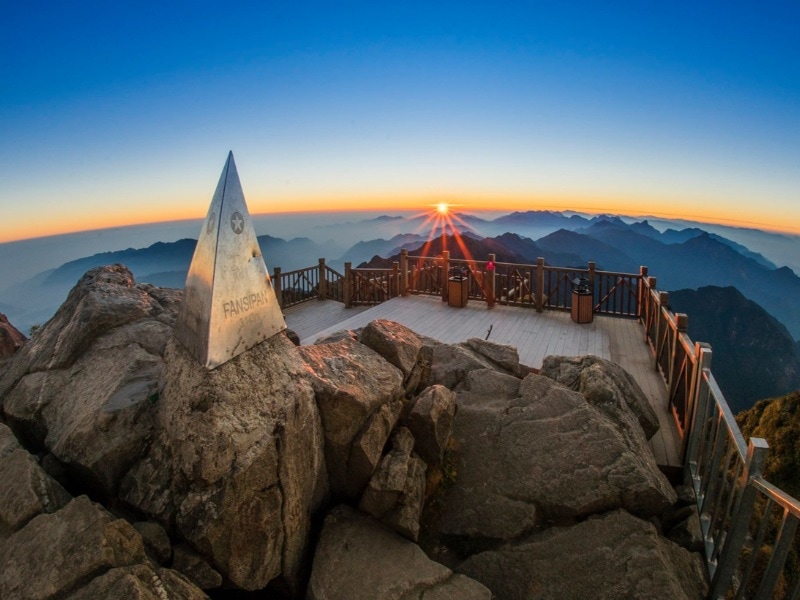
With an altitude of 3,143m, Fansipan Mountain is known as the “Roof of Indochina,” attracting many tourists to admire the scenic views and conquer its summit.
At the top of the magnificent Fansipan Mountain, Indian tourists will be captivated by a complex of Buddhist buildings, shrines, and monuments. In the vast mountainous space and solemn ambiance of Buddhism, Fansipan is a haven of peace and tranquillity.
Location
Fansipan is located at the Sun World Fansipan Legend tourist area, Nguyen Chi Thanh Street, Sa Pa, Lao Cai (offering cable car service and other leisure activities in Fansipan). Fansipan Mount is 9km southwest of Sapa Town in the Hoang Lien Son Range of Northwest mountainous areas.
Best Time to Visit
The best time to visit Fansipan Mountain is from September to May of the following year. During this period, the weather in Sapa is enjoyable, with many sunny days and little rain. The temperatures range from 5 to 33°C, comfortable for outdoor activities.
How to Get There
From Hanoi to Sapa
Sapa is around 320 kilometers from Hanoi, and you can choose transport below:
- Book a limousine or a coach from Hanoi to Sapa. Travel time is about 5 – 6 hours.
- Go by train; you will opt for the Hanoi – Lao Cai route. After around 7 – 9 hours of travel, you must take a bus or a taxi to Sapa center.
- Book a tour package at Vietnamtour.in. It’s the most convenient way for Indian tourists. Our experienced local guide will arrange the tour as you requested most effectively.
From Sapa Center to the Cable Car Station
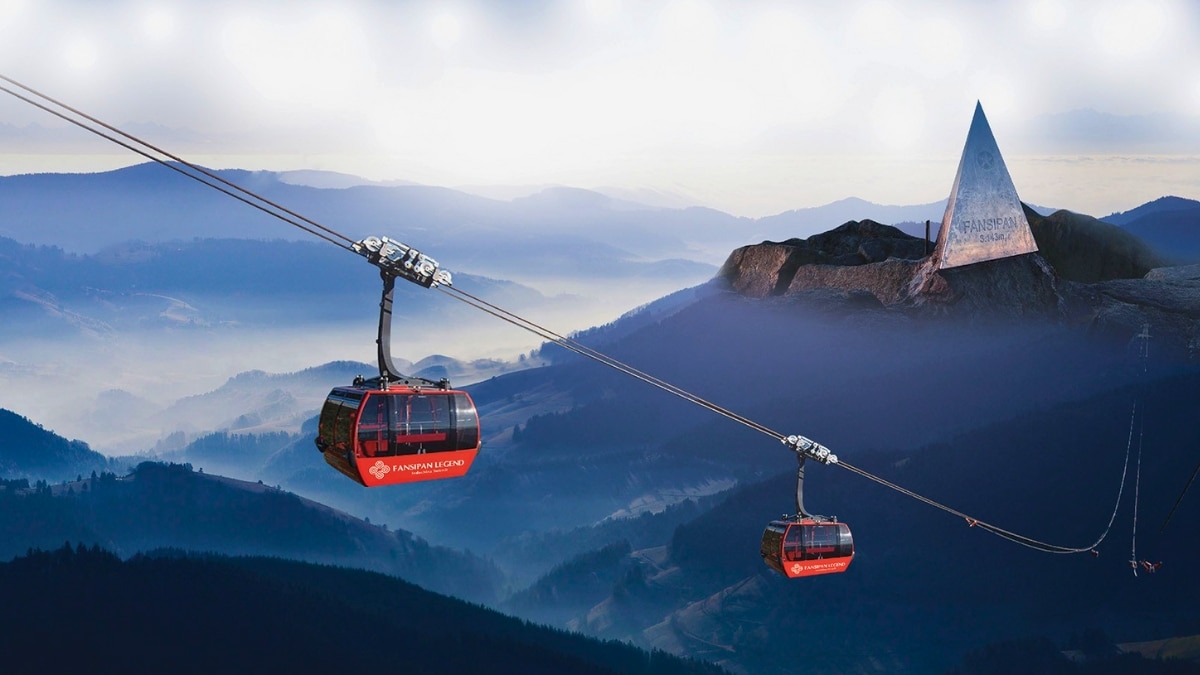
To reach the 3143m peak of Fansipan, you can go trekking or use the cable car system in the Sun World Fansipan Legend tourist area. Most of our Indian tourists opt to use the cable car to save time and effort.
Firstly, you must get to the cable car station (3 kilometers away from Sapa center) in two ways:
- By car or motorbike
You can catch a motorbike or a car to get there. Travel time is around 10 minutes.
- By Muong Hoa train
The route from Muong Hoa train station to the cable car station of Fansipan is renowned for stunning scenery along the way. This train goes across glowing flower gardens and gorgeous mountainous areas.
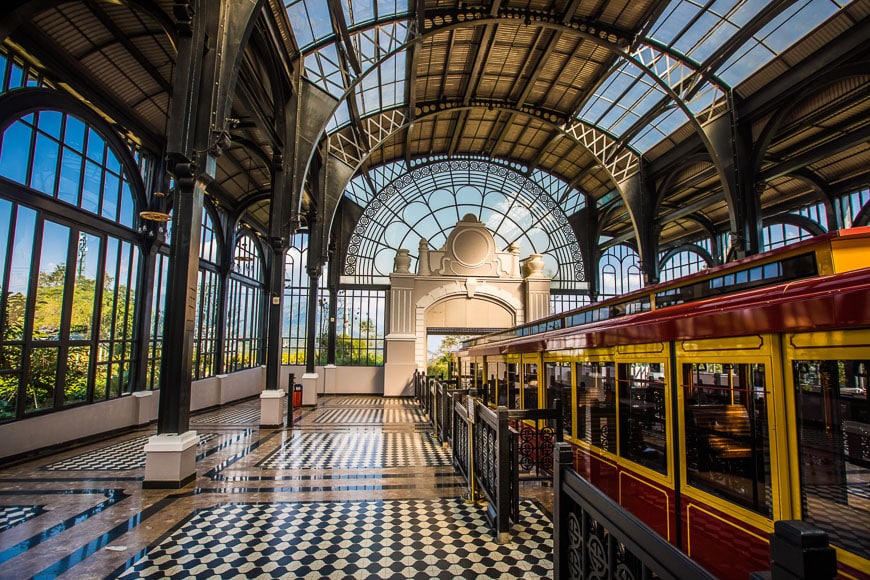
From Cable Car Station to Fansipan Peak
The First Journey: By Cable Car
When arriving at the cable car station, you will buy a round-trip ticket for about 800,000 VND (33 USD) per person to use the service. The Fansipan Cable Car is state-of-the-art and safe for all ages. It can withstand intense wind pressure and harsh weather, with a travel time of 15 minutes per trip.
The Second Journey: By Train or Walking
You’ll get off the cable car at an altitude of nearly 3,000 m and visit unique structures here.
Yet, to reach the summit of Fansipan Mountain, you will continue to move with two options:
- By mountain climbing train
You can use the train service for 150,000 VND (6.2 USD) per person (one way). The travel time is around 5 minutes.
- By walking
Another choice is walking to experience the stunning views around. You need to step up over 600 stone steps to reach the peak.
>> Read more: Top 10 Vietnam Mountains: Ultimate Guide For An Exhilarating Adventure
Ticket price
The official ticket price for a cable car ride to Fansipan is 180,000 VND per adult, which is approximately 7.4 USD for a round trip. Each trip takes approximately 6 minutes.
Trekking Routes at Fansipan
For adventurous Indian tourists, trekking to conquer Fansipian Mountain is an unforgettable experience. There are three routes for your choice:
Route 1: Tram Ton Pass
Starting from Tram Ton Pass at an altitude of 1,900m, this route is the shortest to Fansipan Mount. The road has diverse terrain and takes you just 1 or 2 days to trek, so it is chosen by many tourists.
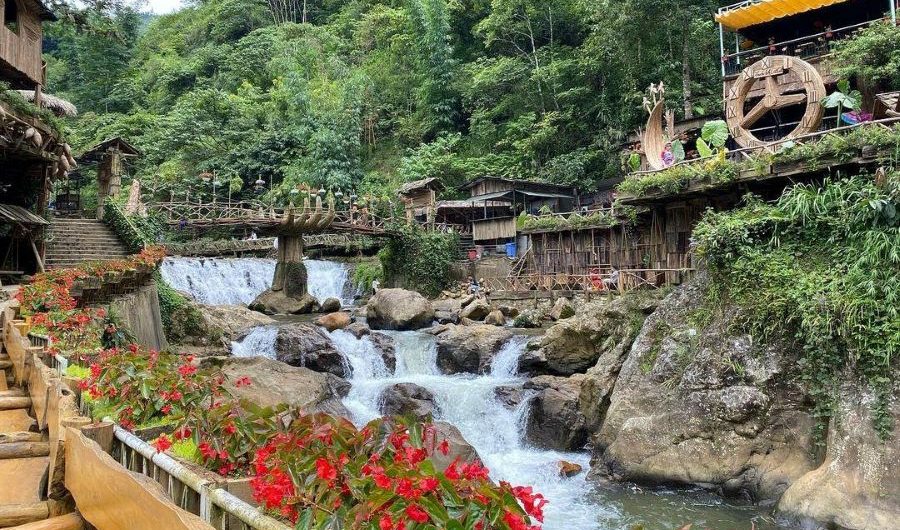
Route 2: Sin Chai
From Sin Chai village, at an altitude of 1,260m, you will experience a route with many rocky and dangerous slopes. Cat Cat VillageThe route takes two days and one night (or more) for you to reach the top.
Route 3:
Departuring from Cat Cat Village at an altitude of 1,245m is the longest route to the top of Fansipan. But this is the most beautiful route with many glowing flowers and stunning natural views. You will spend three days and two nights (or more) on the route.
Note: You must have good health and meticulous preparation before trekking. Besides, going with an experienced local guide is a must.
What to See in the Fansipan Tourist Area
The Guanyin Statue
Located on the top of Fansipan mountain, the bronze statue of Guanyin (Avalokiteshvara Bodhisattva) is 12m high and 18 tons in weight. Standing in front of the Guanyin statue and praying will bring visitors peace and serenity.
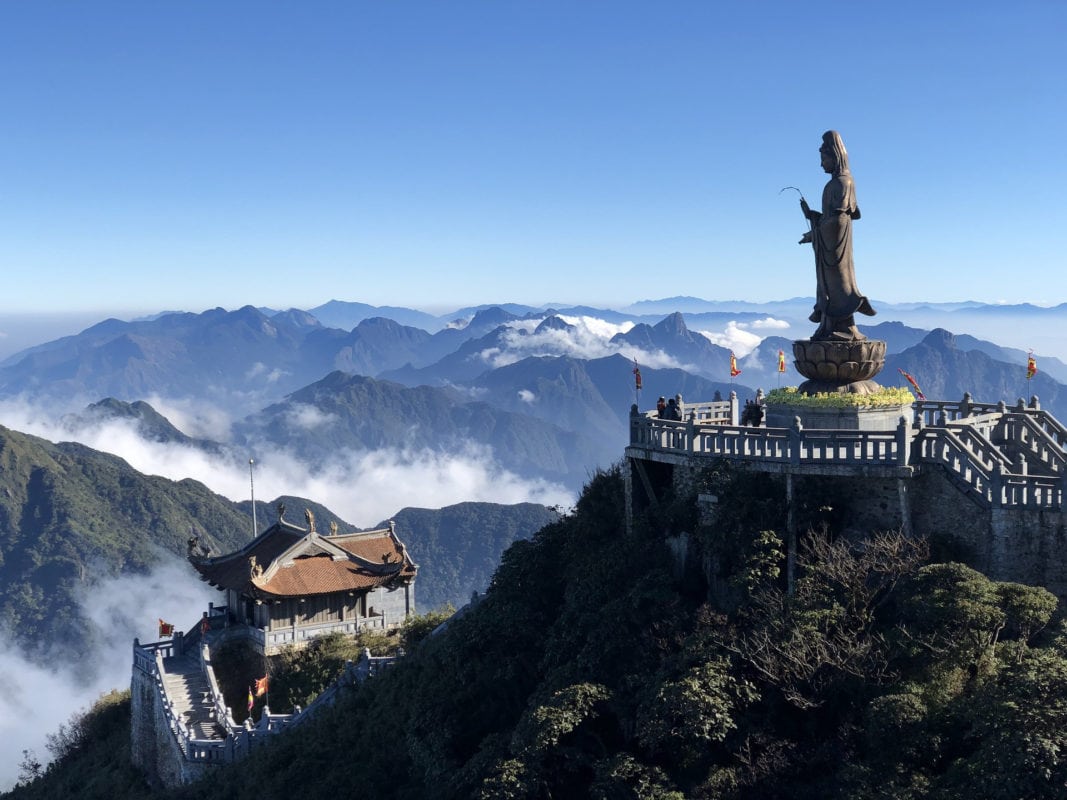
The Bao An Zen Monastery
The Bao An Zen Monastery is a famous religious destination in Fansipan Mountain. This monastery has a peaceful and tranquil ambiance, removing your worries and stress in bustling life. Indian tourists often stop here to light incense sticks and pray for health and peace.
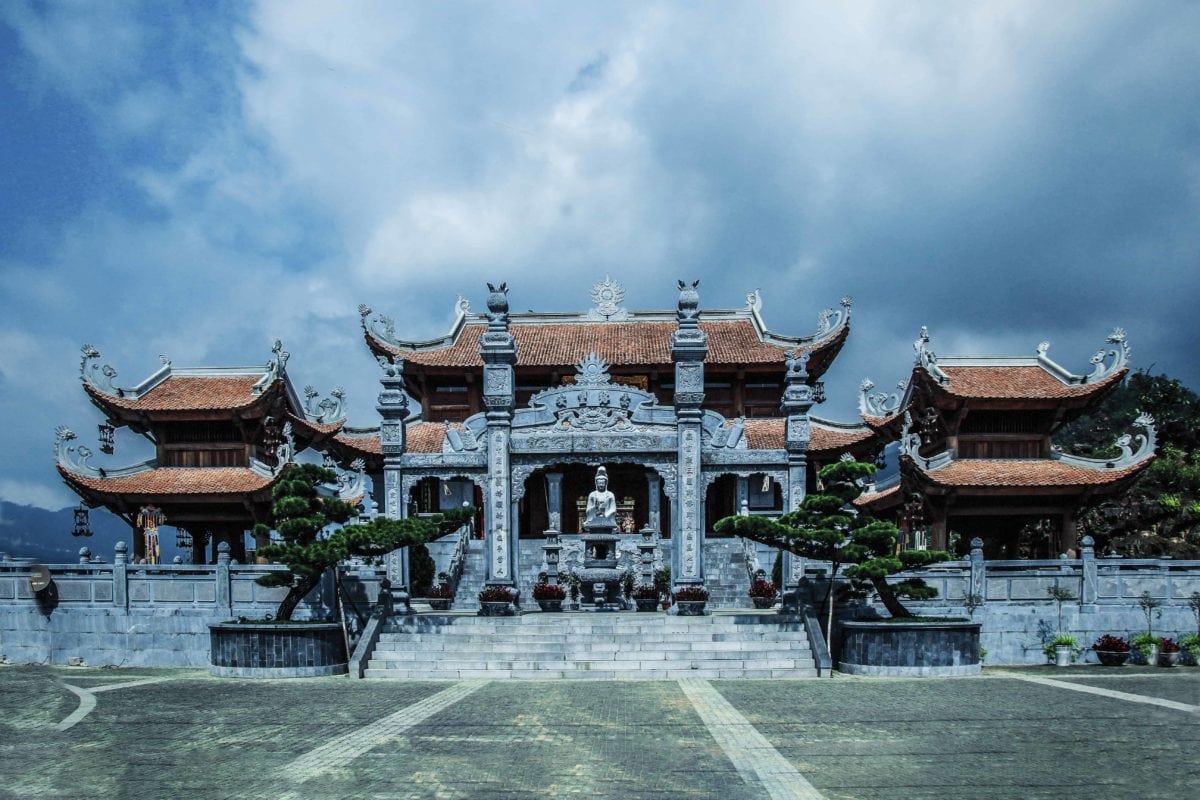
The Great Buddha Statue
At an altitude of over 3000m, the Great Buddha Statue in Fansipan is the tallest bronze Buddha statue in Vietnam (21.5m). The statue was cast delicately with many details in Tran dynasty fine art. Indian tourists often come here to pray and admire the majestic scenery around.
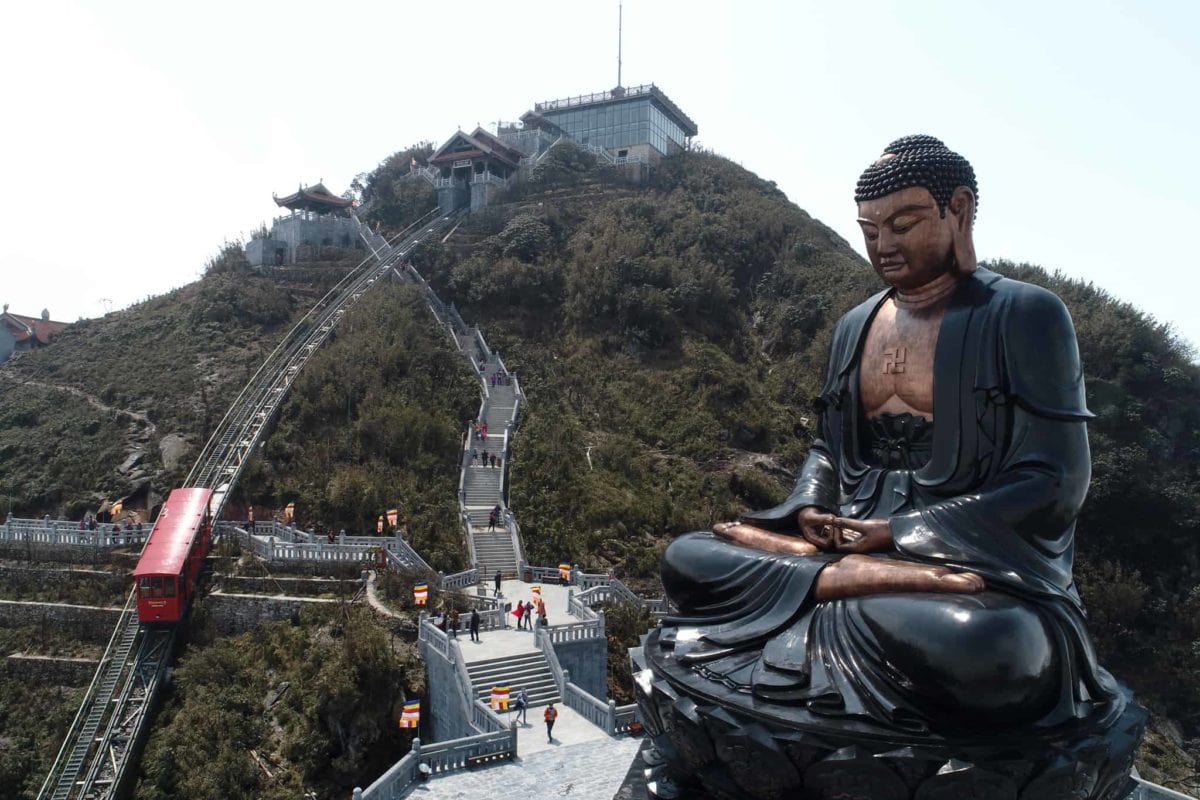
The Grand Belfry
The Grand Belfry (also known as Vong Linh Cao Dai or Dai Hong Chung) consists of 5 floors with a height of 32.8m. Each floor hangs a bronze bell ringing at fixed hours. Listening to the bell sound between the mountainous and cloudy views, you will feel peaceful, like you are in heaven.
The Stupa
The Stupa in Fansipan Mountain comprises 11 stories and is made of stone. The lotus-shaped top of the stupa is cast in bronze. This stupa has a typical architectural style of Northern Vietnam.
Tallest Flagstaff in Indochina
The flagstaff in Fansipan is also the tallest in Indochina, with a height of 25m. This flagpole is meticulously and firmly built from blue stone and ironwood. In particular, the flagpole’s base is exquisitely carved with images of national culture, such as Central Highlands gongs, Cham towers, Northwest culture, and Ha Long Bay.
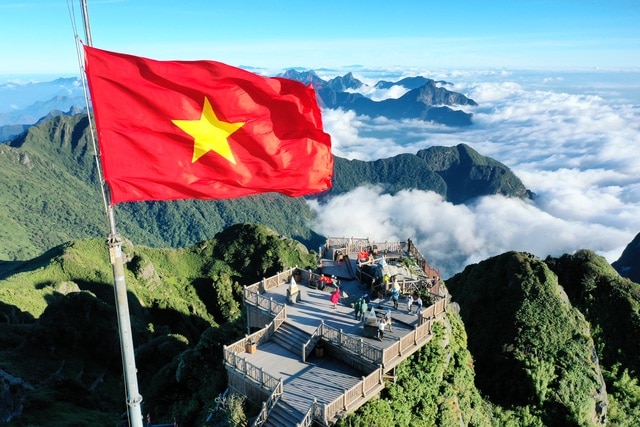
Some Useful Tips for Exploring Fansipan Mountain
- Wear breathable clothing, but also bring warm garments, such as a jacket, scarf, and hat.
- Bring water and snacks. You need to consume food and water to have energy for the journey.
- Focus on your breath and notice your health condition. Take rest regularly to retain the energy.
- Prepare a map, a fully charged phone, and a first aid kit if you go trekking to Fansipan Mountain.
- Respect local culture and be aware of protecting the environment.
- Consider hiring a local guide at Vietnamtour.in. We specialize in Vietnam tours for Indian tourists most effectively and safely.
Conclusion
Fansipan gives us indelible memories of nature’s grandeur and Sapa’s cultural richness. From Fansipan Mountain, you can admire the endless forests, golden rice paddles, and ethnic villages. Grab your backpack and continue to explore enchanting attractions in Sapa! We’re here to build a perfect journey for you.
OTHER ATTRACTIONS IN SAPA
ITINERARIES WITH FANSIPAN

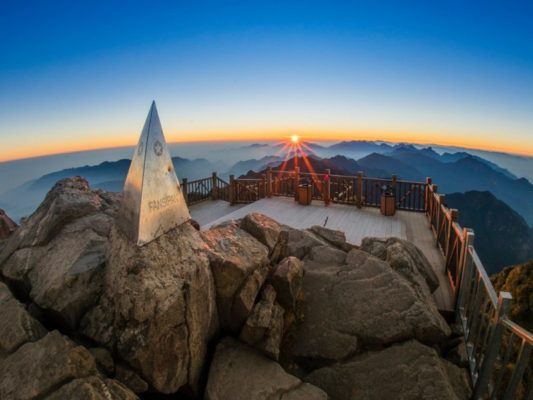
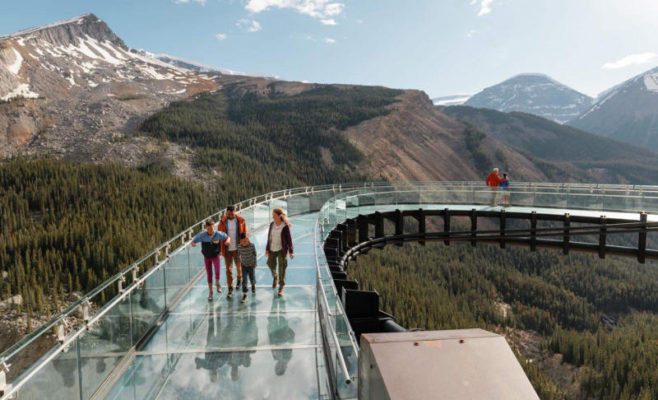
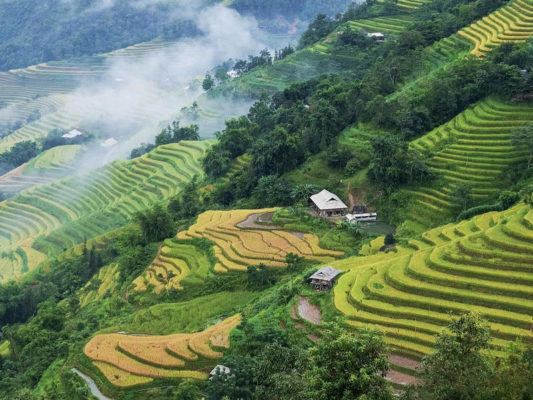
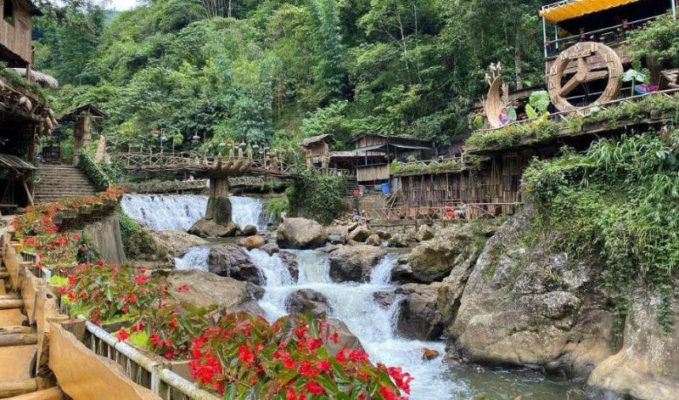
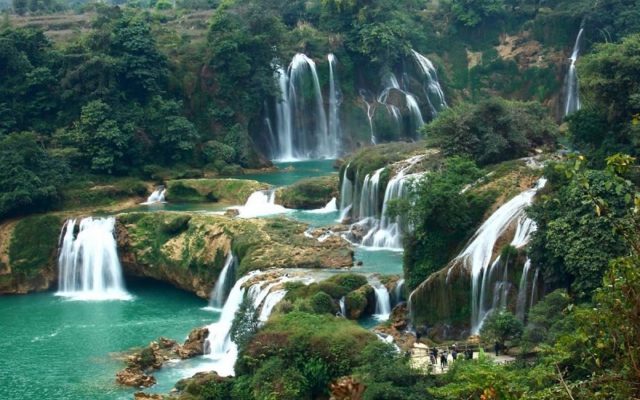

1 Countries 6 Cities
Vietnam Highlights Discovery
Departure City: Mumbai
Latest Departure Date: December 06 2025
15 seats left
Starting fromSave 35% ₹1,12,000
per person on twin sharing with airfares